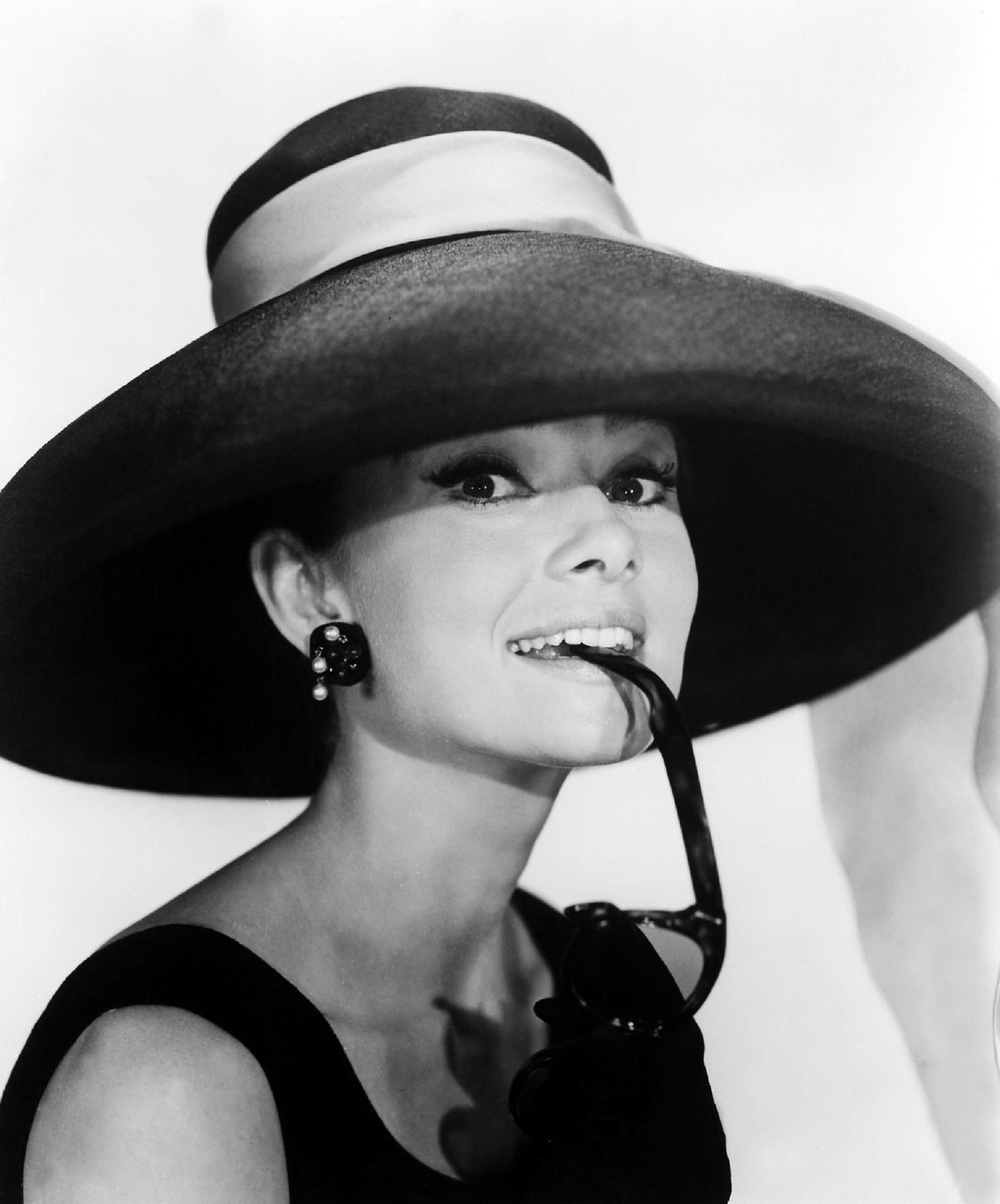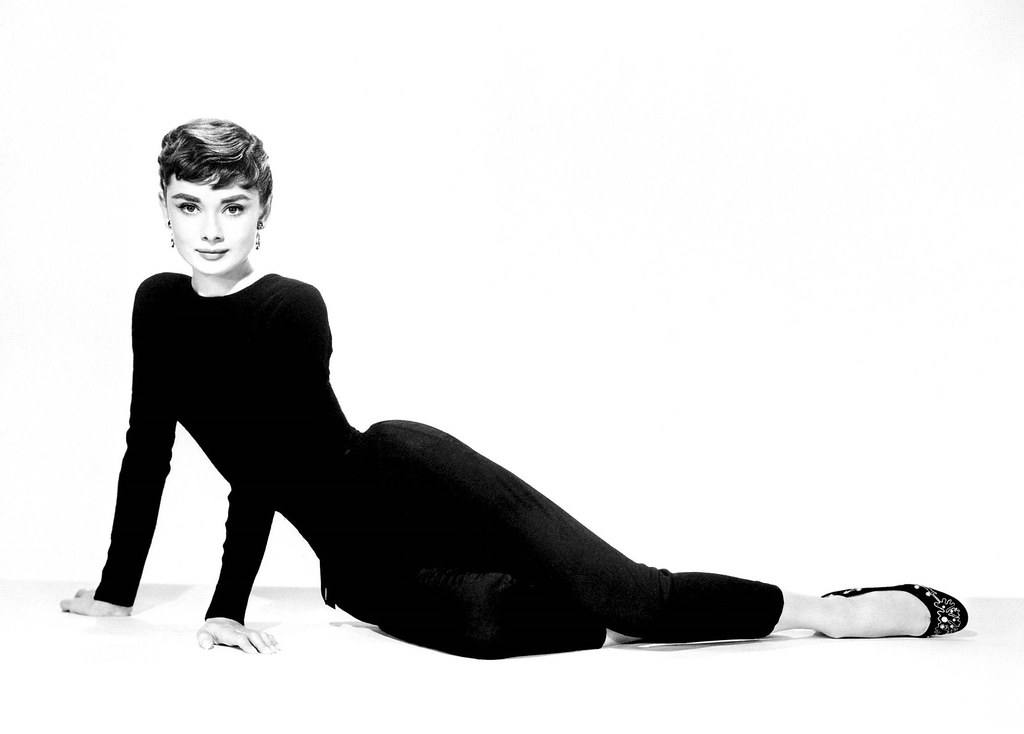Audrey Hepburn was elegance personified. Her wistful expressions, her svelte figure, her impish charm, captivated millions and made her one of the greatest movie actors and fashion icons of all-time.
Her on-screen biography reads like a fairytale, but her off-screen life was often quite the opposite.
Here are 10 surprising facts about style icon Audrey Hepburn.
1. Her mother was a Dutch Baroness who wanted to be an actress

Audrey’s mother, Baroness Ella van Heemstra (1900 – 1984) was from a long line of Dutch nobility dating back to the 12th century. Her grandfather, Baron Aernoud van Heemstra (1871 – 1957) was frequently at the court of Queen Wilhelmina. Portraits of Audrey’s ancestors hung in museums and country estates throughout Holland.
Ella wanted to study for the opera, but the Baron forbade associating with actors, lest it would bring disgrace on the family. But Ella’s friend Alfred Heineken III, of the Dutch brewery family, thought she was a “born actress”.
Ella vowed that if she ever had a daughter, she would encourage her to be an actor.
And so it was. Audrey lived her mother’s dream and her noble background gave her the edge that movie directors were looking for in the glamorous fifties. Even Queen Elizabeth The Queen Mother could see it, remarking to her daughter,
2. Her father believed he was descended from Mary Queen of Scots’ third husband

Audrey’s stage name ‘Hepburn’ was taken from her father’s name. He was born Joseph Victor Anthony Ruston (1889–1980), but later double-barrelled the surname to the more aristocratic-sounding Hepburn-Ruston.
His maternal grandmother’s maiden name was Kathleen Hepburn, and he believed himself descended from James Hepburn, third husband of Mary, Queen of Scots.

The Anglo-Scottish Hepburn clan can be traced back several centuries, but the name has many variants, including Hebburne, Hyburn, and Hopbourn. The origin of the name is thought to be from the Anglo-Saxon words heah, meaning high and byrgen, meaning burial place.
Audrey’s father, Joseph, was tall, dark, and handsome, with a little mustache and a calm manner. At the time he met Audrey’s mother, he was living off his first wife’s inheritance and hadn’t held a job for more than a few months.
The fact that one of the greatest appeals for Joseph was Ella’s title and aristocratic lifestyle throws serious doubt on his claim of ancestral connection to Earl James Hepburn. And the complexity of multiple branches on the Hepburn family tree makes it difficult for historians to verify.
But Audrey loved her father to bits, and even though he left her when she was just six, she tracked him down in later life and supported him financially.
3. Her parents were Fascists—her father a true Nazi sympathizer

In the mid-1930s, fascism had gained a toehold in Britain through the British Union of Fascists (BUF), led by Sir Oswald Mosley.
Before the BUF became too radicalized, even the Daily Mail newspaper supported them, running the 1933 headline “Hurrah for the Blackshirts!” (a reference to their black uniform). At the time, the owner of the daily mail, Lord Rothermere was openly friendly with fascist leaders Benito Mussolini and Adolf Hitler, believing that the Nazi party would restore the monarchy to Germany.
Audrey’s parents were both members of the BUF, her mother Ella being friends with Mosley’s wife, Diana Mitford. They donated to the BUF and even accompanied Mosley on a tour of Nazi Germany where they met Hitler at his headquarters in Munich.
As the BUF radicalized and its violent anti-Semitic views came to the fore, Ella and the Daily Mail distanced themselves, but her father Joseph’s involvement deepened. He joined an even more extreme splinter group.
Joseph’s radicalism caught the attention of Dutch Queen Wilhelmina, who urged Ella’s father, Baron Aarnoud van Heemstra, to help get him out of the family.
Shortly after returning from the tour of Germany, Joseph walked out on his wife and the six-year-old Audrey.
4. She witnessed wartime atrocities

In the German-occupied Netherlands, Audrey witnessed young men being pushed against a wall in the street and shot.
She saw trainloads of Jews being deported, their faces peering through the slit at the top of meat wagons. Families, babies, little children being herded like animals for slaughter.
Her half brothers had refused to join the Nazi youth camp, where Aryan boys underwent strenuous physical training before joining the Nazi movement. As punishment, the eldest, Alexander, was sent to a forced labor camp for the rest of the war.
For three years, Audrey and her family listened to Freedom Radio for news of any Allied successes in the war. But there were none—not until 1943.
Audrey never attended acting school because she didn’t need to. All the acting lessons were during those years of horror when she pretended not to care simply to survive. But she was secretly passing messages to the Dutch resistance.
5. She suffered from malnutrition during World War 2

By 1943, the Germans had tightened the noose around the Netherlands as the threat of Allied invasion looked imminent. Food shortages had reached crisis levels.
Audrey’s half-brother Ian would hold his stomach and cry. But she found temporary distraction from hunger pangs by giving dancing lessons. When she did eat, it was lettuce, bread made with peas, and occasionally a potato. She survived the Dutch famine during the winter of 1944 by eating tulip bulbs.

Even with her weight falling to just 90 lbs, she continued to give dance lessons to help her family and the Dutch resistance.
6. She trained to be a ballerina before becoming an actor

Audrey’s lithe figure and three years of ballet training with Sonia Gaskell—a leading ballet instructor in Amsterdam—prepared her for a ballet scholarship with Ballet Rambert in London.
But when she sought the professional opinion of the school founder, Dame Marie Rambert, she faced the fact that she probably wouldn’t reach her dream of becoming a Prima Ballerina. At 5′ 7″, she was too tall for the male dancers at the time, and her poor health during World War 2 had impaired some of her muscular development.

During World War 2, Audrey secretly danced for groups of people to collect money for the Dutch resistance. She later remarked,
Despite years of training, she would never perform a full ballet.
7. She spoke five languages

Audrey’s multinational background and frequent traveling because of her father’s work gave her the opportunity to learn five languages.
From her parents, she learned Dutch and English and later French, Spanish, and Italian.
A friend of Audrey’s mother, Mrs Pauline Everts, said,
Audrey followed husband, actor Mel Ferrer, to Spain and Mexico for the filming of “The Sun Also Rises” (1957) which would have given her the opportunity to learn some Spanish—something that would prove useful for her later work with UNICEF in South America.
She lived for 20 years in Rome.
8. She was the first actress to win multiple awards for a single performance

Roman Holiday (1953) projected Audrey to stardom and the first actress to win an Academy Award, Golden Globe, and BAFTA Award for a single performance.
The producers wanted Elizabeth Taylor for the role, but Audrey gave such an impressive screen test that director William Wyler knew she was the one, saying:
Originally, only Gregory Peck’s name was planned to appear above the movie title, with “Introducing Audrey Hepburn” beneath in smaller font. However, Peck suggested to Wyler that Audrey get equal billing “because she’ll be a big star and I’ll look like a big jerk.“
9. Audrey Hepburn is not related to Katherine Hepburn

There are a surprising number of questions on the web asking whether Audrey and Katherine are related. It has been a persistent misconception since Audrey came to prominence in the 1950s.
Katharine was the daughter of two wealthy Connecticut Americans; Audrey the daughter of Dutch nobility. There is no meeting of family lines.
They do, however, have a lot in common: talent, beauty, the same star sign, multiple acting awards. Both are listed in the American Film Institute’s greatest screen legends: Katherine at #1 and Audrey #3.
There is a humorous story of a series of telegrams during Paramount Pictures’ selection of Audrey Hepburn for the role of Princess Ann in Roman Holiday:
At such an amazing opportunity to play the lead female role in a Hollywood movie as a relative unknown with no acting training, most would have acquiesced. But not Audrey, who boldly replied,
10. She quit acting at the height of her career to devote her life to charity

Grateful for the humanitarian aid that helped her survive the German occupation as a child, at the height of her acting career, she quit, dedicating the remainder of her life to helping poverty-stricken children in the poorest nations.
In this video from March 26, 1988, Global News reporter Elaine Loring sits down with Hollywood legend Audrey Hepburn to discuss her experiences with UNICEF in Ethiopia and living away from the ‘hustle and bustle’.
Sources:
wikipedia.org
Audrey Hepburn by Barry Paris
Enchantment: The Life of Audrey Hepburn
Audrey Hepburn: A Biography by Martin Gitlin
Audrey Hepburn, An Elegant Spirit: A Son Remembers by Sean Hepburn Ferrer
Vanity Fair: My Fair Mother

